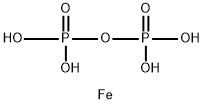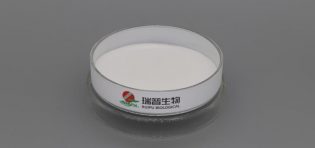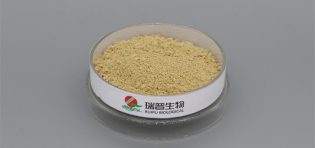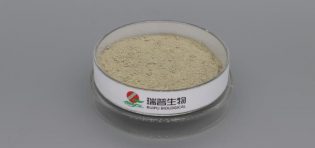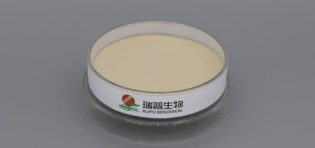
Sodium malate, derived from malic acid, is sometimes used in the food industry to enhance the taste of certain products.Malic acid itself is a naturally occurring organic acid found in various fruits, and sodium malate, as its salt, can contribute to flavor in some ways.
Sodium malate imparts a sour or tart taste to foods, which can enhance overall flavor.This characteristic makes it suitable for use in products where a mildly acidic taste is desired.
Malic acid is naturally present in many fruits, and sodium malate can contribute to a fruity flavor profile.This makes it suitable for applications in fruit-flavored beverages, candies, and confectionery.
Sodium malate is often used as a flavor enhancer.It can help improve and balance the overall taste of a product by providing a subtle acidity that complements other flavors.
In some formulations, sodium malate may be used to mask bitterness, thereby improving the palatability of certain products.
Sodium malate can be used in bakery products to enhance flavor and contribute to the overall taste profile.It may also influence the leavening process in certain baked goods.
Sodium malate can be employed in the production of jellies and jams to enhance the tartness of the fruit flavor.
The specific application and effectiveness of sodium malate in improving taste depend on the type of food product and the desired sensory attributes.As with any food additive, its use should comply with regulatory guidelines, and the concentration in food products should be within approved limits. Food manufacturers often carefully balance various ingredients, including acids like sodium malate, to achieve the desired taste and flavor profile while ensuring the safety and palatability of the final product.


